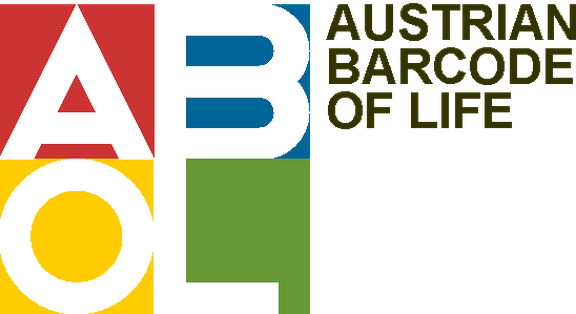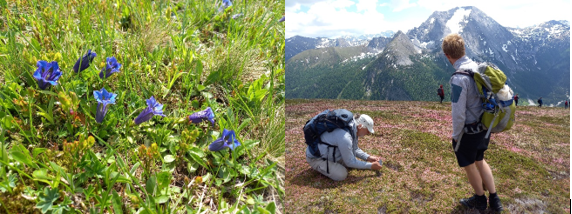Development of a genetic module as a contribution to a holistic biodiversity monitoring in Austria

Motivation:
Four out of five animal species in Austria are arthropods and they are currently experiencing a sharp decline in their biodiversity, especially in agricultural and Alpine landscapes. This decline in biodiversity is caused by recent changes in land use and by the effects of climate change. It is therefore becoming increasingly important to efficiently monitor these changes in various ecosystems in order to understand the biodiversity of these landscapes and to implement conservation measures.
caused by recent changes in land use and by the effects of climate change. It is therefore becoming increasingly important to efficiently monitor these changes in various ecosystems in order to understand the biodiversity of these landscapes and to implement conservation measures.
Currently, monitoring approaches for arthropod biodiversity in Austria are mainly based on conventional methods, including the morphological identification of thousands of arthropods collected through different traps. However, this approach is limited by the expertise of specialists, focuses on selected indicator species and is often highly time consuming. Novel techniques such as DNA-barcoding and environmental DNA (eDNA) detection show great potential for rapid and accurate biodiversity assessment. However, the implementation of DNA-based monitoring approaches still needs to be validated for different habitats in Austria. Therefore, the GeMonA+ project aims to develop a genetic module for standardized, rapid, and non-invasive biodiversity monitoring in Austria.
Main activities:
We apply conventional and DNA-based methods for species identification in seven different landscapes in Austria.
- a) Conventional methods
Conventional methods involve the use of Malaise traps from April to September to collect a wide range of arthropods, including flying and ground-active species. These traps are typically used to collect arthropods by directing them into ethanol-filled trap bottles and preserving them for later morphological identification. Furthermore, monthly sweeps-net surveys are conducted to collect flower-visiting and pollinating species.
- b) DNA-based methods
For DNA-based methods, arthropods collected by conventional methods are used for automated photo-identification and DNA-barcoding at the University of Graz and the University of Natural Resources and Life Sciences (BOKU). Additionally, environmental DNA-based methods will be used to identify flower visitors and pollinators (University of Innsbruck). eDNA samples are collected by washing five bouquets of flowers collected at each of the seven sampling locations each month. Afterwards the water is filtered with subsequent DNA extraction, amplification and metabarcoding.
This project addresses the urgent need for efficient monitoring of arthropod biodiversity in Austrian agricultural landscapes. We are integrating new and innovative methods and are enabling a comparative study of the arthropod communities in Austria. This approach will provide the basis for further studies of arthropod biodiversity and a pathway towards standardized, rapid, and non-invasive DNA-based monitoring methods.
study of the arthropod communities in Austria. This approach will provide the basis for further studies of arthropod biodiversity and a pathway towards standardized, rapid, and non-invasive DNA-based monitoring methods.
The project is led by a team of researchers at the University of Graz and carried out by a consortium of ABOL partners from five Austrian universities: Graz, Innsbruck, Salzburg, Vienna (BOKU and UniVie). Other project partners include the Natural History Museum of Vienna, the Gesäuse National Park, the Neusiedlersee National Park, the Kalkalpen National Park, the Hohe Tauern National Park, the Environment Agency Austria (UBA), BFI and the Botanical Garden of the University of Vienna.
Members (PLUS) involved in the project: Andreas Tribsch and Mathias Hopfinger
Funding: Austrian Biodiversity Fund (C321089); the first field sampling season was funded as project „pre-GeMonA“ by the Mountain Agriculture Research Unit (title „Effiziente Erfassung der terrestrischen Biodiversität in österreichischen Kulturlandschaften“ project number 393845)




